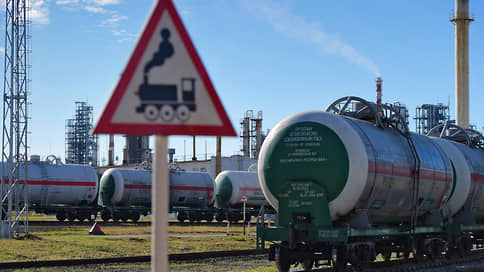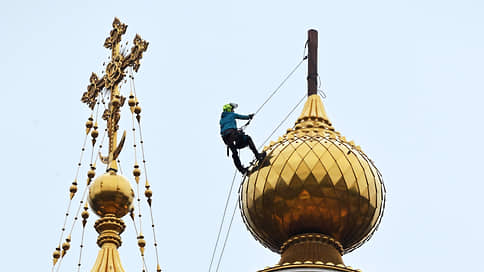Sales of antihistamines in Russia decreased

According to the results of the first quarter, the Russian pharmarrotice recorded a decrease in sales of drugs for allergies in kind, although growth was observed a year ago. In January -March, Russian consumers bought 20 million packs, spending 5.6 billion rubles on it. Incorbent weather could affect the decline in sales, due to which the flowering of plants was uneven in the central part of Russia, experts say.
Pharmacy networks in the first quarter implemented 20 million packages of antihistamines used in the treatment of allergies throughout the Russian Federation, which is 2.4% less than a year by the year, the analytical company DSM Group calculated for Kommersant. In monetary terms, sales over this period increased just below the inflation level, by 9.3%, to 5.6 billion rubles. According to Rosstat, in January -March, the prices of medications across the country rose an average of 9.8% year by the year.
For comparison: in the first quarter of 2024, natural sales of antihistamines in pharmorrotes increased by 9.9% year by year, to 20.5 million packages, and in money – by 20.2%, to about 5 billion rubles.
Typically, sales of drugs against allergies in pharmarrotes increase in the middle of the first quarter. But this year, the demand, most likely, will shift at the end of April – early May, notes the general director of DSM Group Sergey Shulyak. According to him, this is due to unstable weather conditions, which affected the flowering season of plants, the pollen of which causes an allergic reaction. The director of the Botanical Garden of Moscow State University Vladimir Chub says that spring last year was really more even and warm. The hazel that blooms is usually the first, this year began to bloom at the end of March, a little later began to bloom Olha. “Then the snow collapsed, and flowering stopped,” he notes. The birch that blooms just now, in mid -April, gives allergic more inconvenience, he suggests.
The allergist-immunologist of the clinic “Be Healthy” Alla Rafalyan says that preparation for spring flowering in patients with allergies who have already encountered its manifestations usually begins in mid-March. “In January -February in the center of Russia, antihistamines are usually purchased for the future,” she notes. But not in all parts of the country. For example, in the south, flowering begins a month and a half earlier and there the structure of demand for allergies may be different, Mrs. Rafalyan notes. She adds that this year patients were injured due to unstable weather, because they did not quite understand when to take antihistamines.
Med for Medsi allergist-immunologist Madina Chanieva notes that the number of patients taking antihistamines has not decreased. According to her, patients are looking for alternative methods for treating allergies, for example, information about the change in diet, about specific immunotherapy, and also use air humidifiers. They also prefer to use tablet forms of antihistamin drugs, mainly the second generation, as well as nasal sprays with a solution of sea salt and local hormones. First -generation antihistamines, which have a sedative, anesthetic effect and causing drowsiness, are extremely rare, she says.
According to the DSM Group, the TOP-5 antihistamines of the system action for sales included the Teraljen, Suprastin, Cetrin, Donormin and Zodak. It is interesting that the “theralijen” is a neuroleptic used mainly for problems with the psyche, for example, for different types of neurotic and anxiety disorders, schizophrenia, dementia. At the same time, he has indications for use for allergies. A large share of its sales can be associated with the breadth of use, as well as the general growth of sales of drugs indicated for the treatment of anxiety and depressive disorders (see “Kommersant” of April 17).








